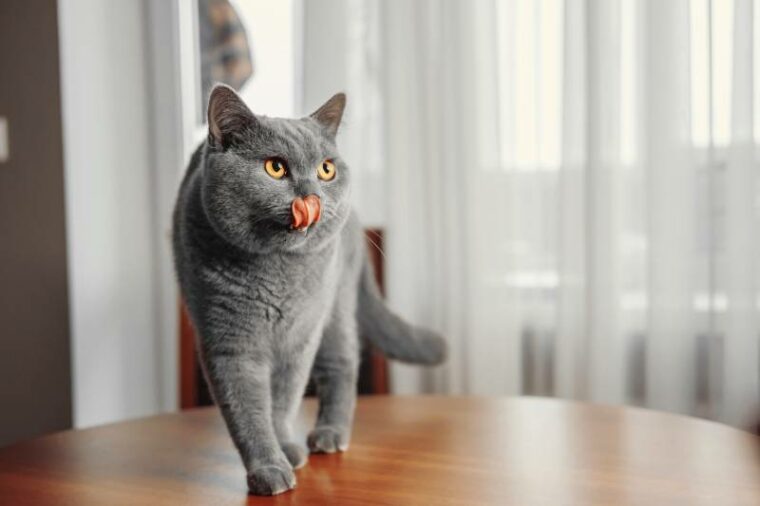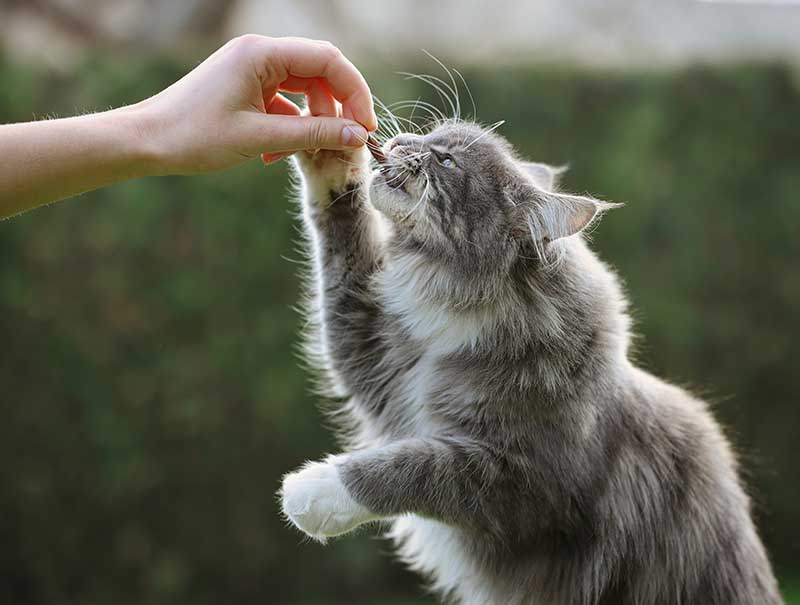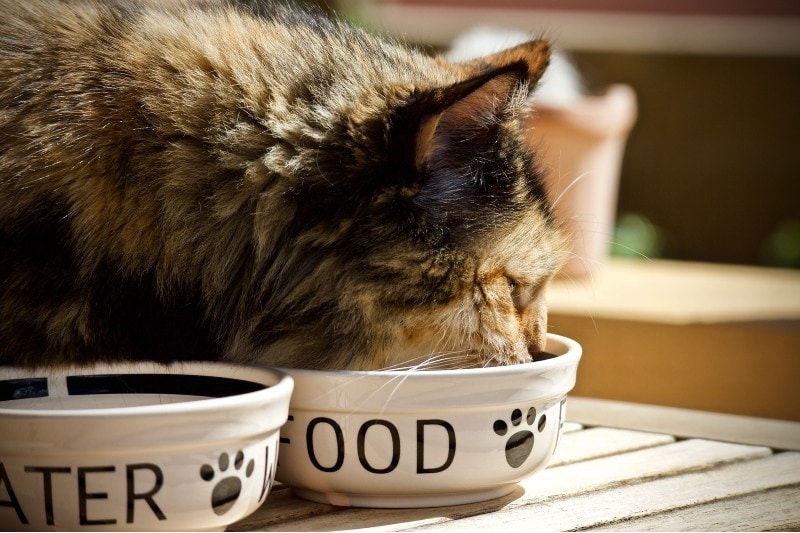
Cats are amazing animals with strongly developed senses—from extreme vision to an impeccable sense of smell and hearing, it seems like cats are super-animals! However, cats’ sense of taste is less developed than their other senses.
Because of that, felines are unable to sense all flavors, and their sense of taste is directly connected with their sense of smell. When their little noses are not functioning properly, they also fail to taste most flavors.
Keep reading to learn more about your cat’s sense of taste, how it functions, and why there are certain flavors cats can’t taste.
The Feline Sense of Taste
Although cats have a sense of taste, it’s pretty undeveloped, especially compared to their other senses. Also, their sense of taste is less developed than the human sense of taste and the sense of taste in other animals, such as dogs.
Your cat doesn’t have the best sense of taste due to the lack of taste buds. Cats have only around 480 taste buds1, while dogs have 1,700 of them2. Humans have even more taste buds—an average adult has around 10,000 taste buds3.
However, while the kitty’s sense of taste is not the best, their sense of smell helps them enhance the taste of their food. All cats have a sense receptor called the Jacobson’s or vomeronasal organ. This organ is located on the roof of a cat’s mouth, allowing cats to taste-smell various aromas in their environment.

What Can Cats Taste and Not Taste?
However, due to the lack of taste receptors for sweets, they are not able to distinguish anything sweet in taste.
You’re probably wondering why cats can’t taste sweetness. The thing is that cats are carnivores, meaning that meat is their primary food. Also, they don’t need to eat carbohydrates or sugar; instead, they need protein and fat. Because of that, there’s no need to taste anything sweet in their diet, they have evolved this way.
Still, many cats like to eat sweet things, but not because of the actual sweetness. Besides meat, cats enjoy eating fat, and most sweets, such as pudding or ice cream, are high in fat which is why cats may like them.
- NO MESS - The 360° tray on this cat food and water bowl set has a raised design to catch and...
- WHISKER FRIENDLY - Shallow and wide metal containers with flat bottoms ensure your kitty can enjoy...
- CHEW-SAFE MATERIALS - Kittens and cats love chewing on silicone and soft rubber - but it's a choking...
Whether you are an avid kibble supporter, favor wet food, or dabble between the two, opting for the right cat bowl to serve it in is key! The Hepper NomNom Cat Bowl is equipped with features like shallow dishes for whisker relief, slight elevation to promote good posture and digestion, and removable stainless steel bowls for easy cleaning. Its modern design is spill-proof and has a wide tray on the base meant to catch anything that falls from your kitty's mouth or out of the bowl. Click here to find out if the Hepper NomNom Cat Bowl is right for you.
At Pet Keen, we’ve admired Hepper for many years and decided to take a controlling ownership interest so that we could benefit from the outstanding designs of this cool cat company!
Differences In the Sense of Taste Between Cats, Dogs, and Humans
Cat’s sense of taste is definitely not the best, and it’s not developed like our sense of taste and the sense of taste in dogs.
Check out the chart below to get a clearer picture of the flavors cats can taste.
| Different Flavors | Cats | Dogs | Humans |
| Sweet | ✅ | ✅ | |
| Bitter | ✅ | ✅ | ✅ |
| Salty | ✅ | ✅ | ✅ |
| Sour | ✅ | ✅ | ✅ |
| Umami | ✅ | ✅ | ✅ |
As you can see, cats can experience all flavors except sweet. They do however have taste receptors for ATP (adenosine triphosphate) which is a signal of meat that humans don’t have. However, just because cats can experience flavors doesn’t mean they enjoy all of them.
Which Flavors Do Cats Like?
Cats are carnivores, so the flavor they prefer the most is umami, which represents the taste of meat. While cats can taste everything but sweet things, they dislike all bitter flavors, which is why you should never offer them bitter food. In the wilderness, bitter food and the smell of bitterness represent danger for cats which is why they don’t like to consume anything bitter.
Also, cats care about the temperature when it comes to their food. Most cats prefer food that is as warm as their tongue, and they typically won’t eat cold food.

Final Thoughts
A cat’s sense of taste is quite undeveloped, especially when compared with their other senses and the sense of taste in humans and other animals. However, their lack of taste is somewhat improved due to their exceptional sense of smell and the Jacobson’s organ inside of their mouths.
Featured Image Credit: Denis Val, Shutterstock








